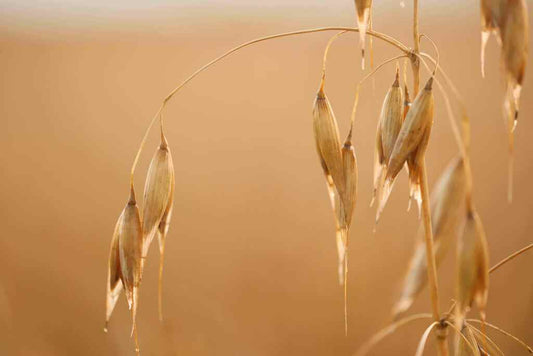1. Less H2O.
Interior plants need less water in winter. A major cause of killing any kind of plant is over-watering. Air spaces in the soil get choked with water. Plant roots need air as much as they need water and nutrients. Check for water before grabbing the watering can. The soil should be dry about 2” down, not just on the surface. Water thoroughly, letting it drain out the bottom of the pot into a sink or bucket. Don’t let the pot sit in a saucer of water when you are done.2. Hold the fertilizer.
Plants are dormant in the winter and do not need an artificial boost of growing power.
3. Let in light and keep plants clean.
To accommodate low light levels, keep leafy plants clean. Dust cuts down on the light necessary for photosynthesis, which feeds the plant. Here's how you can keep plants clean:- Use a rag and clean warm water, or put the whole plant in the shower. This is a good way to remove pests such as aphids, mealy bugs, scale, and spider mites, too. Finish up the makeover by removing brown and dead leaves to prevent disease.
- Keep your windows clean to allow in as much light, sunshine, and heat as possible. As the sun moves from north to south in fall, the light through the windows will change.
- Move your plants around so they receive maximum light and warmth.
- Keep them away from heaters, registers, drafts, and cold windows.
4. Increase humidity.
To combat dry indoor air, put rocks or pebbles in saucers, and fill with water. Be sure the bottom of the pot is not touching or standing in the water. Group plants together for more humidity, or run a humidifier or vaporizer.
5. Prepare for spring.
In February, the lengthening days will produce new growth on your houseplants. Your indoor garden will need more water and some organic fertilizer. Continue to check for water, and fertilize at half-strength. As the days continue to get longer and warmer, water and fertilizer will need to be increased.6. Cut away old growth.
Late winter is also time to prune your houseplants. They may have gotten leggy with the low winter light, but you also want to encourage new growth.
7. Refresh the soil.
Remove the plant from its pot, trim the root ball back, and put it in a clean pot the same size with new potting soil. If it is really pot bound, break up the root ball a bit, and put up to a size 1-2” larger. You can be successful with houseplants from the start when you buy the right plant for the right space. Don’t try to grow a sun-loving plant in a dark room, and don’t put shade lovers in direct sun. Pay attention to their needs in winter, and you will have a lush indoor garden while the snow flies!Would you like to be the first to hear about our new products and more? Sign up for our Nature’s Path Newsletter.








